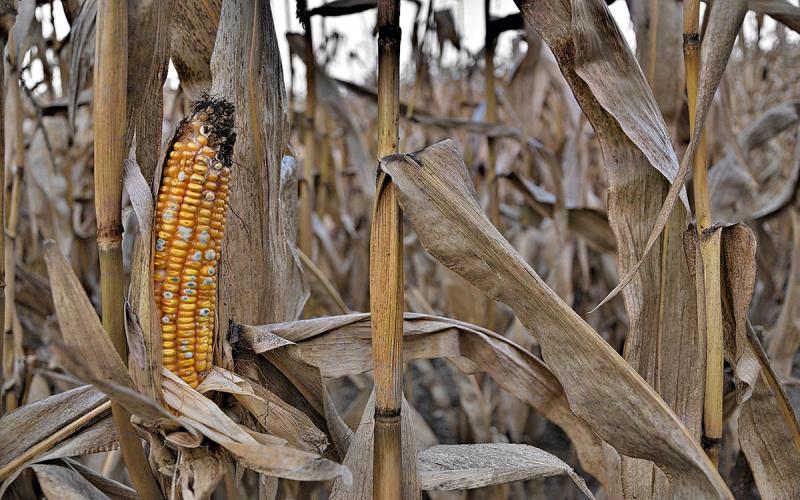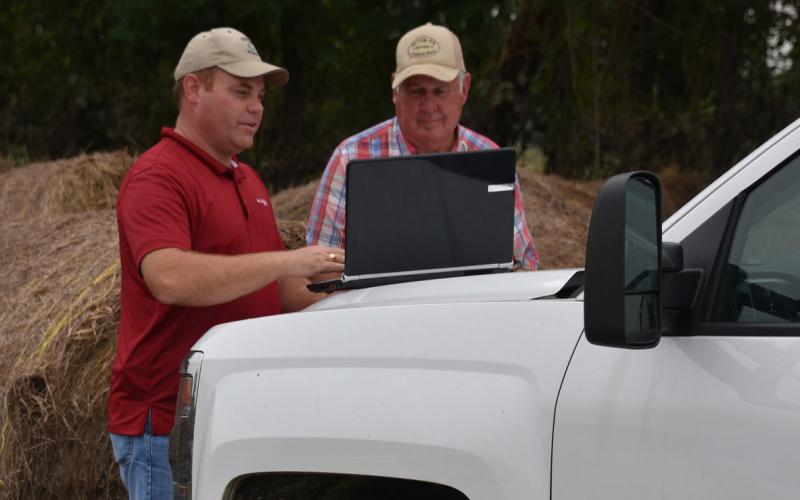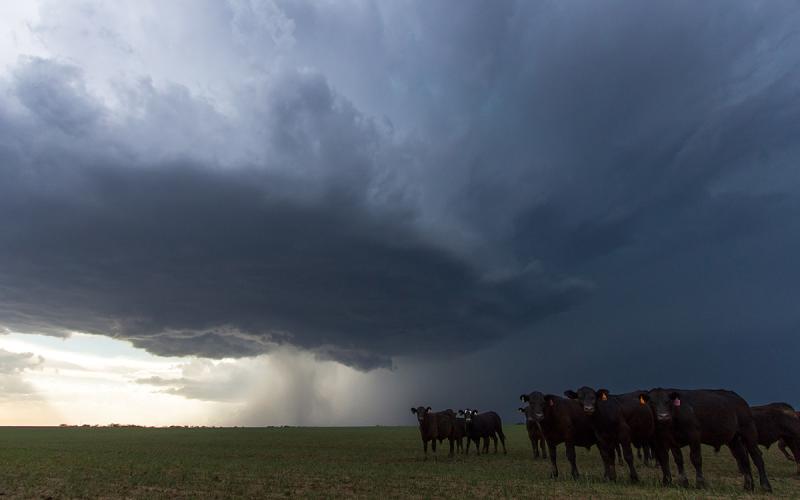Written by Heidi Carroll, former SDSU Extension Livestock Stewardship Field Specialist & Beef Quality Assurance Coordinator.
During the March 1st Animal Care Wednesday Webinar, we learned the basics of feeding poultry. Brett Kreifels, Extension Assistant-4-H with University of Nebraska-Lincoln, explained the nutritional requirements and basic feeding tips to help ensure the health and well-being of chickens.
Nutrient Considerations
Chickens have changing nutrient requirements as they grow and become productive for either egg laying or meat. For example, pullets (young hen) require more protein in the diet than do mature birds. This is why it is important to choose the correct type of complete feed to match the nutrient requirements of the age and type of birds. If complete feeds are mismatched to a bird’s nutrient requirements there can be negative effects on the birds bone growth, egg shell quality, or overall health and behavior. The table below provides the basic components found in complete feeds.
| Ingredient | % in Diet | Use/purpose |
|---|---|---|
| Corn | 50-60 | Energy |
| Soybean meal | 20-30 | Protein |
| Distillers grains | 5-20 | Energy and protein |
| Limestone | 4-7 | Calcium/Egg shells |
| Phosphorus | 0.3-0.5 | Calcium/Egg shells |
| Oil | 1.0 | Energy |
| Salt | 0.4-0.6 | Bodily functions |
| Vitamins and minerals | 0.3-0.5 | Bodily functions |
| Amino acids | 0.3-1.5 | Protein |
| Source: B. Kreifels, 2017 | ||
Feed Types: Mash, Crumble, & Pellet

Another decision poultry owners need to make is will they feed a mash, crumble, or pellet type feed. A mash is the smallest particle size and can be suitable for any age bird; however, birds are able to sort out the ingredients and may not eat the full nutritional value. Pellets can be various sizes and ensures all ingredients are consumed in a bite which maximizes the nutritional value; whoever, pellets cost more because of the extra processing. Crumbles fall in the middle: sorting can still occur, but overall the full nutritional value of the diet is consumed by the bird.
The dollars and cents
Kreifels also provided an example of calculating feed costs to produce one dozen eggs.
Assuming 50 lbs of complete feed = $15; and it takes 3 lbs of feed to produce 1 doz eggs.
- $15 per bag / 50 lb bag of complete feed = $0.30 per lb of feed
- 3 lbs of feed to produce 1 doz eggs x $0.30 per lb feed = $0.90 per 1 doz eggs for 1 hen
- $0.90 / 12 eggs = $0.08 per egg
Other tips for poultry health and well-being
- Table/kitchen scraps should be offered in moderation when feeding complete feeds. Complete feeds provide the full nutrition and scraps change the amount of nutrients the chicken eats.
- Grass and insects are beneficial for digestion.
- The amount of feed a bird consumes is dependent on breed, age, and weather. The average range of feed intake is 0.24-0.55 pounds per day.
- Avoid moldy feed or insect-infested feeds which can introduce disease to the birds (botulism).
- Consider using a coccidiostat (not an antibiotic) to prevent infestations of internal parasites (coccidia) for appropriate production stages. Note that these medicated products have withdrawal times, so keep records to ensure the safety of the meat or eggs.
The Bottom Line
Feeding chickens a proper diet decreases the risk of disease and behavior issues while minimizing the chance of nutritional deficiencies. Proper diets should balance amino acid and protein levels to decrease cannibalism among birds. Daily observations and recordkeeping helps ensure optimal health and well-being of the birds.
To listen to the full presentation, you may access the recording at the animal care resource website.


